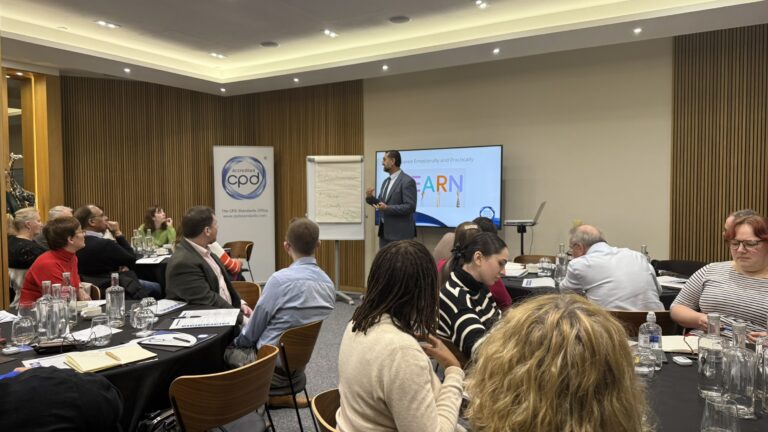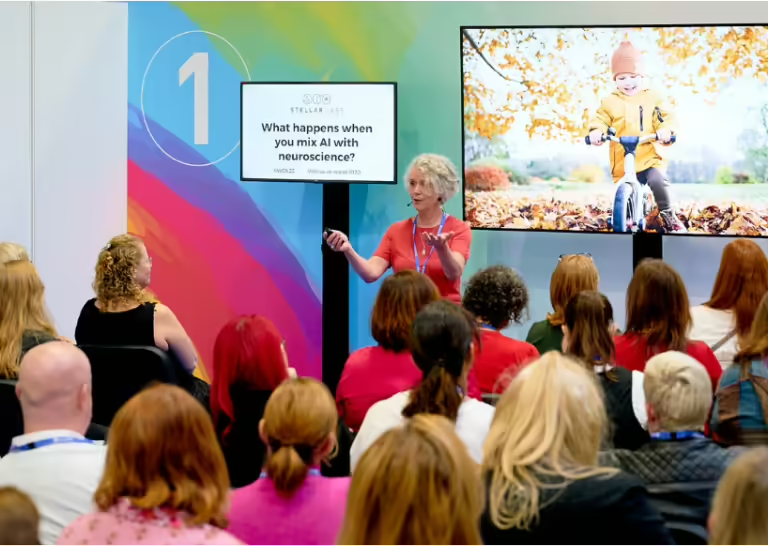Hello and welcome to this week’s Friday Fresh!
A wise man once said,
“You cannot bore people into buying your product.”
– – – David Ogilvy- – –
And this is why today we’ll focus on helping you to
- Craft marvellous sentences
- Get engagement Every Single Time
- Become a Lean Mean Selling Machine
* Apologies for the cliche – it sold itself too well to our writers…
Let’s Craft Sentences!
An effective promotional sentence can be broken down into three essential parts:
- Hook
- Essence
- Call to Action
Let’s take a look at how these elements work together to create a powerful message
Example Sentence:
“We offer comprehensive leadership training courses that enhance your skills and career prospects.”
While this sentence is informative, it can be more engaging. Let’s break it down using the three key elements.
1. Hook: Grab Attention Immediately
Original Hook: “We offer comprehensive leadership training courses…”
Improved Hook: “Unlock your leadership potential today...”
Why it works: This hook immediately grabs attention by focusing on the benefit to the learner. It suggests that the reader can achieve something valuable right now.
2. Essence: Communicate the Core Message
Original Essence: “…that enhance your skills and career prospects.”
Improved Essence: “…with an expert-led course designed to boost your skills and accelerate your career.”
Why it works: The improved essence clearly communicates the unique value of the courses—expert-led, skill enhancement, and career acceleration. And whilst it still says something about you (expert-led suggests your trainers are experts), it is still focused on the gains for your audience.
3. Call to Action: Guide the Next Step
Original Call to Action: (Not explicitly stated in the original sentence)
Improved Call to Action: “Enrol now and transform your future!”
Why it works: A strong call to action encourages immediate engagement and makes it clear what the reader should do next.
Let’s Put It All Together
“Unlock your leadership potential today with an expert-led course designed to boost your skills and accelerate your career. Enrol now and transform your future!”
This sentence is aspirational – it helps the reader feel a calling towards achieving their potential and expanding their abilities.
If someone is looking for leadership training, or has considered one, this second sentence has a much higher chance of grabbing their attention.

Avoid Common Pitfalls!
We, we, we
Starting sentences with “We” or “I” often shifts the focus away from the learner. You can only get away when telling a story or providing a specific context. For example:
“When I first started my career, I struggled with leadership. That’s why I created this course—to help you avoid the same pitfalls and succeed faster.”
Unless you have a story to tell, remove “We” or “I” from the promotional materials of your training courses as much as possible.
The same is true for “our”. There’s no benefit in saying it, unless it’s important for the context (a.k.a. when you’re saying “Our address” or “Our phone number”. When it comes to products (a.k.a. courses), allow them to have their own life by referring to them as a separate entity. Use “The Course” or “A Course”.
“Did you know, that…”
Although there’s nothing inherently wrong with this sentence, it has been overused to the point of exhaustion.
Nowadays, “Did you know that…” is one of the fastest ways to lose someone’s attention.
If you, however, absolutely must start a sentence with something similar, use an alternative approach:
- You’ll be surprised to know, that…
- You’ll be shocked to know, that…
- You’ll be thrilled to know, that…
This option will instantly suggest an emotional message following your opening, so your likelihood to keep someone’s attention is instantly improved!

Final Thoughts
We live in a digital world, meaning that most of our communication is stripped down of our ability to rely on human presence. We can’t see the micro expressions of people, their mannerisms, charisma.
All we have is words. Sure, visual elements help, but unless we understand the message, we are unlikely to pay much attention.
So, let’s use the words that will speak to minds, hearts, hopes and dreams of prospective learners in the hope that they’ll understand just how valuable your offering is.
Sign Up for the Friday Fresh Newsletter!
If you enjoy these articles, sign up for the newsletter and receive it straight into your email every week!







